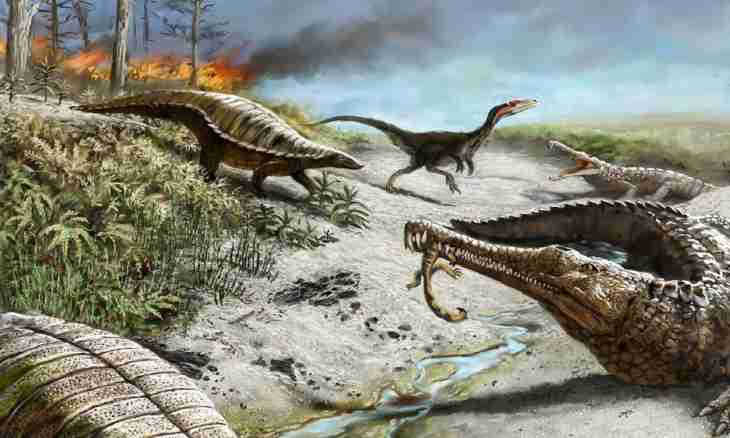The world changes, and with it the person changes. But it is possible to understand an essence of changes, only knowing the past which always leaves marks. Sometimes clear and distinct, and sometimes hidden. And it is sometimes not so simple to realize that you hold a particle of own history in hand. The science which is engaged in studying the live past of the earth is called paleontology.
The discipline is divided into a paleozoology (studying ancient animals) and paleobotany (studying ancient plants). Erudite paleontologists find fossil remains of ancient life in all corners of the world. These surprising people know how can tell a print of an ancient fern in a stone, a scorpion in amber or ammonite much. The term "paleontology" was for the first time used in 1822 by the famous French zoologist Georges Kyuvye. It for the first time showed regularity of change of fossil complexes of animals in the history of Earth. Its researches played a significant role when developing the theory of evolution. However long before emergence of the term there was both a paleontology and paleontologists.
At the time of Aristotle and Socrates antiquities hunters found the hardened remains of dinosaurs. Perhaps, magic tales of dragons and monsters so appeared. People were frightened by the enormous sizes of ancient bones. They considered that if bones lie on the Earth's surface - means, animals lived not so long ago. And only with development of geology, with the advent of more or less clear idea of geological layers and the sequence of development of life the first assumptions of time frames of existence of any given ancient types began to appear.
Initially all geological history was divided into 4 periods, but with increase in volume of information it was required to make changes to a periodization. As a result there were concepts "era" and "period". All geological history is subdivided into 5 Ayr: Archean, Proterozoic, Paleozoic, Mesozoic and Cenozoic. Every era are subdivided into several periods. The representatives of an animal and flora are characteristic of every era. Some appeared, others died out. Quite recently the shovel, the hammer and a chisel, a feather and paper were tools of the paleontologist. Now its arsenal includes modern optics, the x-ray equipment, chemical methods of processing of material, computer facilities. Except an ordinary research of the remains of plants and animals the paleontologists study the hardened traces, excrement and other hardened waste products. And also, the remains which a little underwent a decay. Thanks to these finds the scientists have an opportunity to learn about a way of life of ancient inhabitants of Earth. Paleontologic finds – property of all mankind. In order that people could contemplate these treasures, the museums, the largest of which are, are created worldwide: Natural History Museum in London, Clevelend Natural History Museum, national Natural History Museum in Washington and Royal Ontario Museum (Canada).

